Fiddle leaf fig training/ pruning
floridasun13
10 years ago
Featured Answer
Comments (252)
tapla (mid-Michigan, USDA z5b-6a)
6 years agolast modified: 6 years agoUser
6 years agoRelated Discussions
How do I train my new fiddle leaf fig into a standard shape?
Comments (2)I haven't repotted, no. It's still in the pot from the nursery, which has drain holes. The surrounding grey pot in the picture is just a pot cover....See MoreFiddle leaf fig pruning suggestion
Comments (3)In your mind's eye, imagine a shape like a symmetrical 3D candle flame and superimpose it over the tree. Prune any branch that seriously extends beyond the outline to the outward growing leaf nearest to where the branch intersects with your imaginary outline. Pinch the rest of the branches, and prune the top/leader so it's about 2-3 leaves taller than the tallest secondary branch. This represents the growth habit of Ficus. Note the thin branch growing left to right in the center of the image. There is an important 'region' at the end of the branch where the last leaf and the extending branch merge. If you remove the last leaf, you will absolutely stimulate new branches in the 2 leaves behind (proximal to) the pruning cut. If you want the new branch to grow toward you, you would pinch just beyond (distal to) the leaf growing in the foreground. If you want it to grow away from you, pinch back to the next leaf that's growing in the background. When you make your pruning cuts, make sure the last leaf left on the branch is growing on the side away from the main axis (center) of the tree. This is a short introduction to directional pruning, which is one of the keys to maintaining eye appeal. Questions? Al...See MoreFiddle Leaf Fig pruning?
Comments (6)The 'slingshot look' could be a problem structurally, but only if you grow it outdoors every summer where it gets wind. It does/will represent a visual issue if you don't prune it, too. Both sides of the bifurcation (the 'Y') should be pruned. The thinner side should be pruned back so there are 2 or 3 leaves on the branch, and the end leaf should be facing away from the main trunk line. The other branch should have 3 or 4 leaves on it and the end leaf should be on the top of the pruned branch as it will become the new leader. As you look at the tree now, it confuses the eye because it has 2 heads. What I described will leave you with movement (curves) in the trunk and fix the confusion re where the top of the tree is. What I described will also force back-budding and several more new branches, probably 5-7. Al...See MoreAny Pruning Advice for Ficus Lyrata (Fiddle Leaf Fig)
Comments (7)If there was a way to cut out the bare parts of the trunk and branches, you'd have something you could work with. While there is a way to do that, it's very involved, time consuming, and probably well beyond what's reasonable on the scale we're discussing here. So the next best thing is to force growth where the bare spots are. That's actually very easy if you're able or willing to work toward elevating the tree's level of vitality (health) in preparation for a hard pruning, which will force back-budding in the areas now barren of branches/foliage. Ficus in good health easily take hard/severe pruning in stride. Trees in decline and circling the drain are poor subjects for heavy work like full repots and hard pruning, which is why getting your tree in fighting shape is the fastest way to accomplish your objective. As a bonsai practitioner of nearly 40 years, manipulating trees and bending them to my will is as much a part of the hobby as keeping them in good health. There is little joy or sense of accomplishment (for me) to just watch a tree/shrub grow. My goal is to produce something evocative - something that makes the viewer feel something. While your tree isn't a bonsai, it will respond to bonsai techniques exactly the same way trees grown in bonsai culture respond to the same stimuli. The first thing to understand is, trees don't work on people time. Manipulating trees requires a great deal of patience, mainly because only healthy trees respond well to manipulation. The very short version of what I would suggest is: 1) Put together a plan that ensures a higher degree of vitality, a plan you can stick to. I can help with that. 2) If you succeed in rebuilding the tree's strength, prune the tree back very hard. Keep both branches and the central leader, but prune all 3 back to 1 single healthy leaf in mid-June (if you live in the N Hemisphere). This will force an abundance of back-budding, and every instance of new buds will result in a new branch. Picture story: A Ficus microcarpa ^^^ after a heavy pruning session in June Same tree in mid-August ^^^. Note the 'explosion' of new branches, already so dense they badly need thinning to allow more light and air movement into the middle of the tree. After styling the tree ^^^. 3) Put in place a future pruning plan that has you pruning all winter growth from the tree every June, then pinching every new branch after it has grown 2 leaves amd the 3rd leaf is about to unfurl. A F microcarpa cutting started in a pill bottle. The wood stub at the top is where the cutting was pinched. Removing the apex/apical meristem of the branch eliminated the primary source of a growth regulator (auxin) that suppresses lateral growth (new branches). The result of diminishment of the volume of auxin allowed another growth regulator (cytokinin) to become dominant, which stimulated latent (dormant) buds above each leaf to form a new branch. When each of the nascent branches you see have formed 2 leaves, they will be pinched and the process starts anew. so from the first branch you get 2, from those 2, you get 4, then 8, then 16, 32, 64, 128. Had you been aware of how to pinch your tree, it would look completely different than it does now. Al...See MoreUser
6 years agoheath (MA Zone 6)
6 years agorobin98
6 years agotapla (mid-Michigan, USDA z5b-6a)
6 years agoUser
6 years agotapla (mid-Michigan, USDA z5b-6a)
6 years agorobin98
6 years agoJessie Cheng
6 years agolast modified: 6 years agotheotter2003
6 years agotapla (mid-Michigan, USDA z5b-6a)
6 years agoJessie Cheng
6 years agoUser
6 years agorobin98
6 years agoUser
6 years agorobin98
6 years agojgonyc00
6 years agotapla (mid-Michigan, USDA z5b-6a)
6 years agolast modified: 6 years agojgonyc00
6 years agomildwest
6 years agolaurelannebeck
5 years agoEkor Tupai
5 years agobeckylockhart88
5 years agotapla (mid-Michigan, USDA z5b-6a)
5 years agolast modified: 5 years agoEkor Tupai
5 years agomildwest
5 years agotheotter2003
5 years agoHU-78724045641
5 years agotapla (mid-Michigan, USDA z5b-6a)
5 years agoRebecca
5 years agoEkor Tupai
5 years agoIris
5 years agolast modified: 5 years agoMaddie Nicholls
5 years agoMaddie Nicholls
5 years agoIris
5 years agotapla (mid-Michigan, USDA z5b-6a)
5 years agolast modified: 5 years agoimperialtrooper
5 years agotapla (mid-Michigan, USDA z5b-6a)
5 years agolast modified: 5 years agotheotter2003
5 years agoidiotwind
5 years agotapla (mid-Michigan, USDA z5b-6a)
5 years agoidiotwind
5 years agory_guy_chi
5 years agotapla (mid-Michigan, USDA z5b-6a)
5 years agory_guy_chi
5 years agory_guy_chi
5 years agory_guy_chi
4 years agokelseybutton
4 years ago
Related Stories

HOUSEPLANTSPlay Up Some Fiddleleaf Figs for a Lively Indoor Tune
Strike a dramatic chord in a minimalist scene or a country note in a rustic setting — fiddleleaf fig plants harmonize with any style
Full Story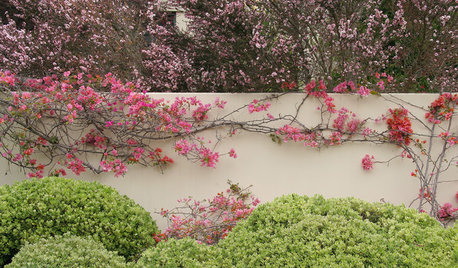
LANDSCAPE DESIGNThe Art of the Espalier
Go ahead, let limited garden space drive you up the walls. With these 6 ways to train plants vertically, it can be a beautiful thing
Full Story
EDIBLE GARDENSHow to Grow 10 Favorite Fruit Trees at Home
Plant a mini orchard in fall, winter or early spring to enjoy fresh-off-the-tree fruit the following year
Full Story
HOUSEPLANTS10 Top Plants to Grow Indoors
Brighten a room and clean the air with a houseplant that cascades artfully, stretches toward the ceiling or looks great on a wall
Full Story
HOUSEPLANTS8 Essentials for Healthy Indoor Plants
Houseplants add so much to our homes — and can thrive when grown in the right conditions. Keep these tips in mind
Full Story
DECORATING GUIDESTop 10 Interior Stylist Secrets Revealed
Give your home's interiors magazine-ready polish with these tips to finesse the finishing design touches
Full Story
CONTAINER GARDENSHappy Houseplants, Happy People
Potted plants add life and beauty to a room. Learn easy ways to keep them healthy
Full Story
DECORATING GUIDESDitch the Rules but Keep Some Tools
Be fearless, but follow some basic decorating strategies to achieve the best results
Full Story
CONTAINER GARDENSContainer Garden Basics: How and When to Water Potted Plants
Confused about soil moisture, the best time to water and what watering device to use? This guide can help
Full Story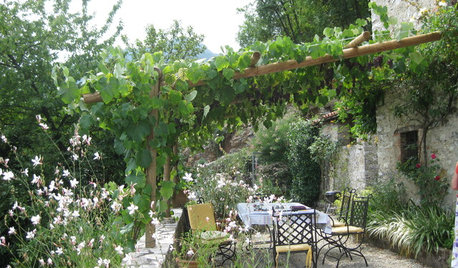
LANDSCAPE DESIGNRecipe for Mediterranean Edible Garden Style
The only thing better than a delicious meal outdoors is the satisfaction of growing some of the key ingredients yourself
Full Story


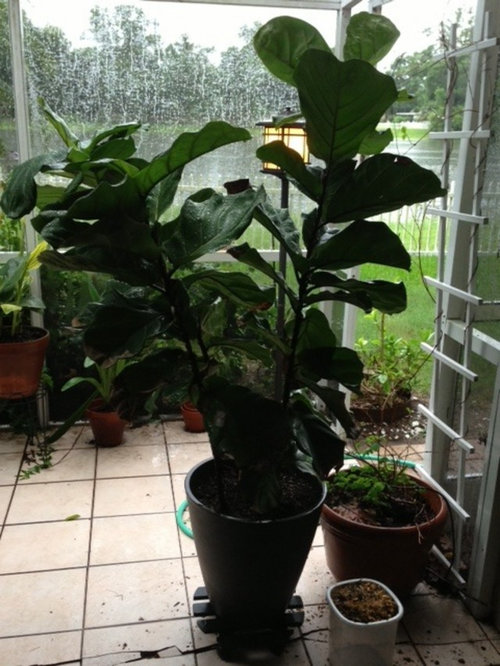


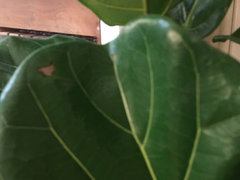

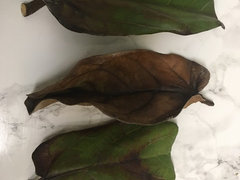
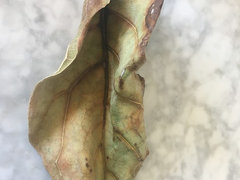
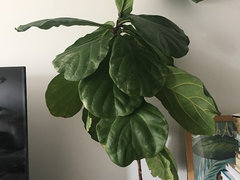
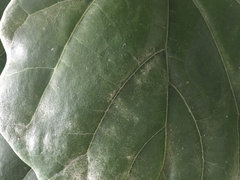
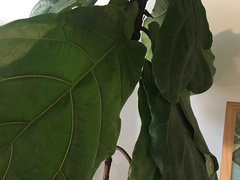


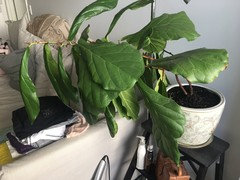
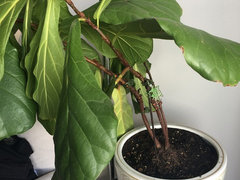
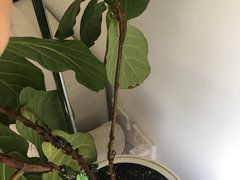

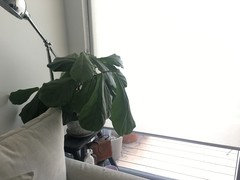
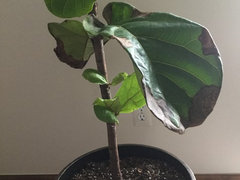
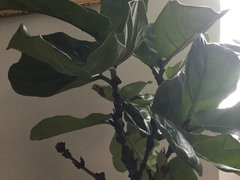
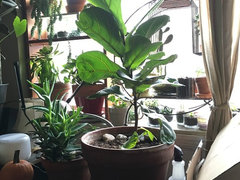
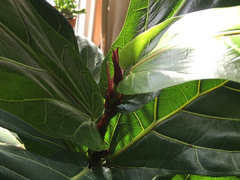
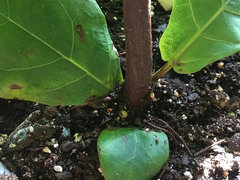



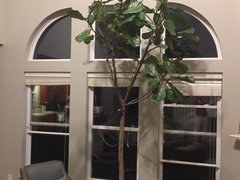
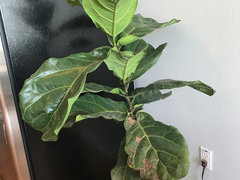
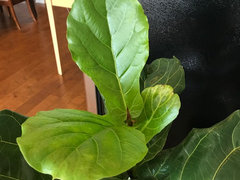


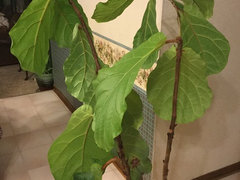
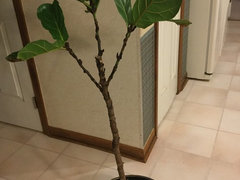
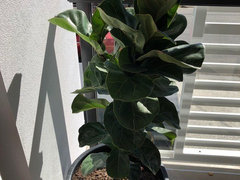
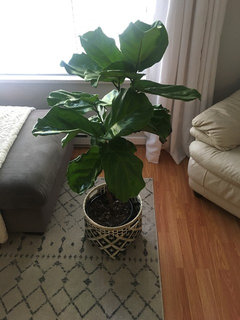


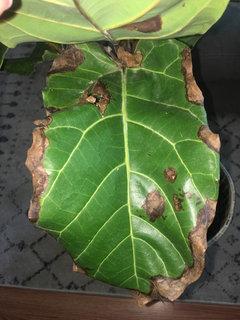

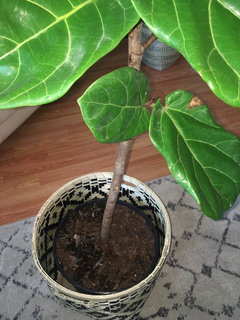

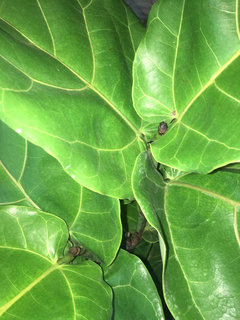
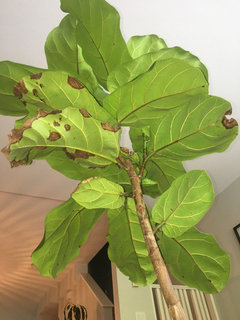
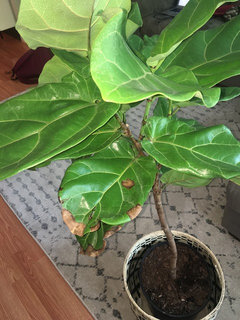

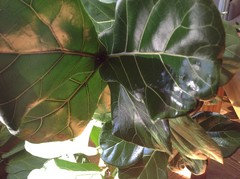
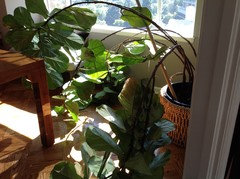
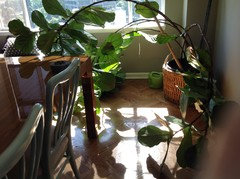

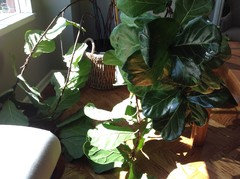



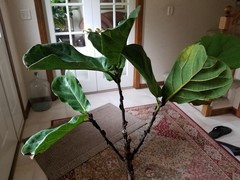
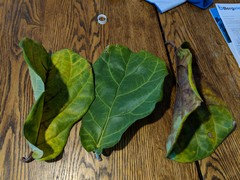
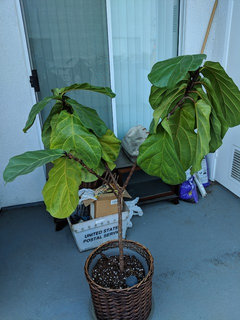
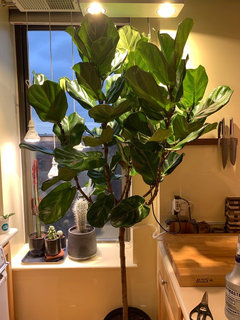
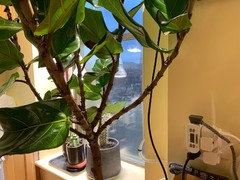
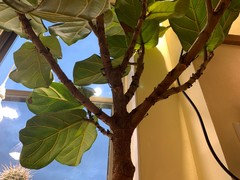
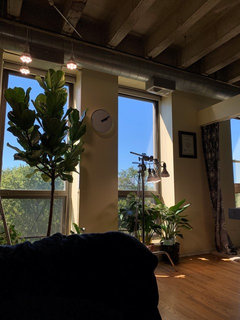
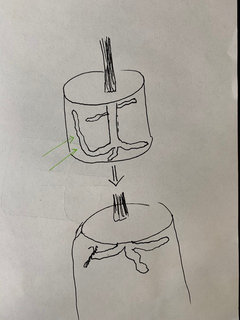

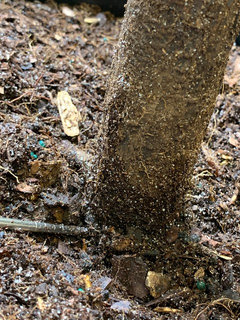
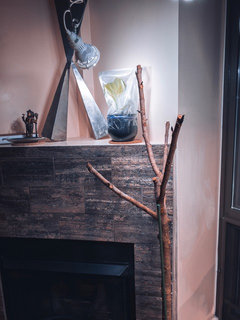
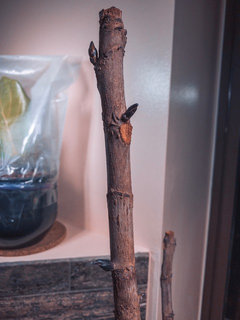



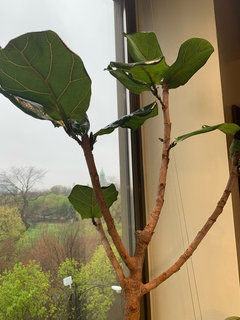
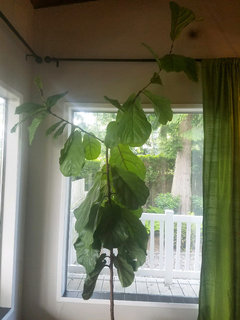




tapla (mid-Michigan, USDA z5b-6a)